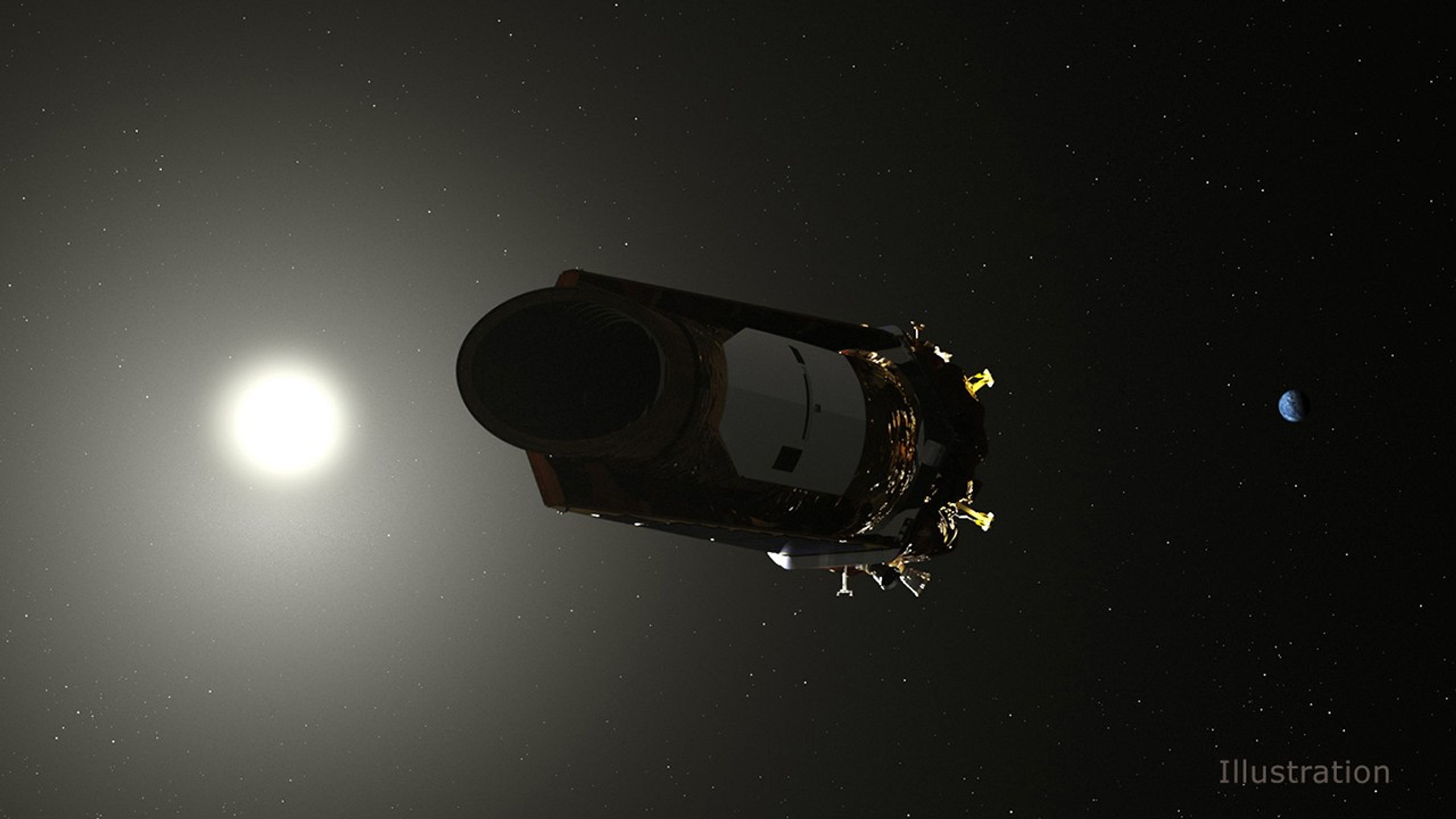Kepler's Laws: The Harmony of Planetary Motion
Introducing Johannes Kepler
Johannes Kepler, born on December 27, 1571, in Germany, stands as one of the most influential figures in the history of astronomy. His groundbreaking work unveiled the mechanics of planetary motion, revolutionizing our understanding of the solar system. Despite facing religious and political turbulence, which led to his banishment from Graz in 1600, Kepler’s perseverance brought him to the court of Tycho Brahe, a brilliant Danish astronomer known for his precise, pre-telescopic observations.
Tycho Brahe tasked Kepler with solving the "Mars problem," which referred to Mars' erratic motion that couldn’t be explained by the geocentric models of Aristotle and Ptolemy, or even by Copernicus' heliocentric theory, which assumed circular orbits. Kepler’s groundbreaking realization that planets follow elliptical orbits, rather than perfect circles, which challenged centuries of astronomical thought and laid the foundation for the celestial mechanics we know today.
Vocabubbleary: geocentric theories are those that assume that Earth is the centre of the structure of the solar system, as well as the universe.
Quick Recap of Eclipses
An ellipse is a geometric shape defined by two fixed points, called foci. The key property of an ellipse is that the sum of the distances from any point on the ellipse to the two foci is always constant. The shape of an ellipse can vary in how "stretched" or "flattened" it appears, and this is quantified by its eccentricity.
Eccentricity measures the degree of flattening of the ellipse; a perfect circle has an eccentricity of zero, while a highly elongated ellipse has an eccentricity approaching one. The eccentricity is calculated as the ratio of the distance between the foci to the length of the major axis. The longest axis of the ellipse is called the major axis, while the shortest axis is the minor axis. Half of the major axis is referred to as the semi-major axis. Understanding these properties is essential for describing the elliptical orbits of planets and other celestial objects.
1st Law: The Law of Ellipses
Planets orbit the Sun in elliptical paths, with the Sun at one focus.
Kepler’s insight overturned the long-held belief in circular orbits, solving the Mars problem. He demonstrated that while some orbits appear circular, these are special cases where the foci coincide. For most planets, the Sun’s position at one focus explains the varying planet-to-Sun distance throughout its orbit.
2nd Law: The Law of Equal Areas
A line connecting a planet to the Sun sweeps out equal areas in equal time intervals.
Kepler's Second Law explains that the elliptical shape of the orbit results from the inverse square law of gravity. This means that a planet moves faster when it is closer to the Sun (perihelion) and slower when it is farther away (aphelion), due to the change in gravitational force as the planet’s distance from the Sun varies.
This law also relates to the conservation of angular momentum. When the planet is closer to the sun, it moves faster, sweeping through a longer path in a given time. The formula denoting this is L = mvr, where less radius (distance between the bodies) results in higher velocity.










Comments
Post a Comment